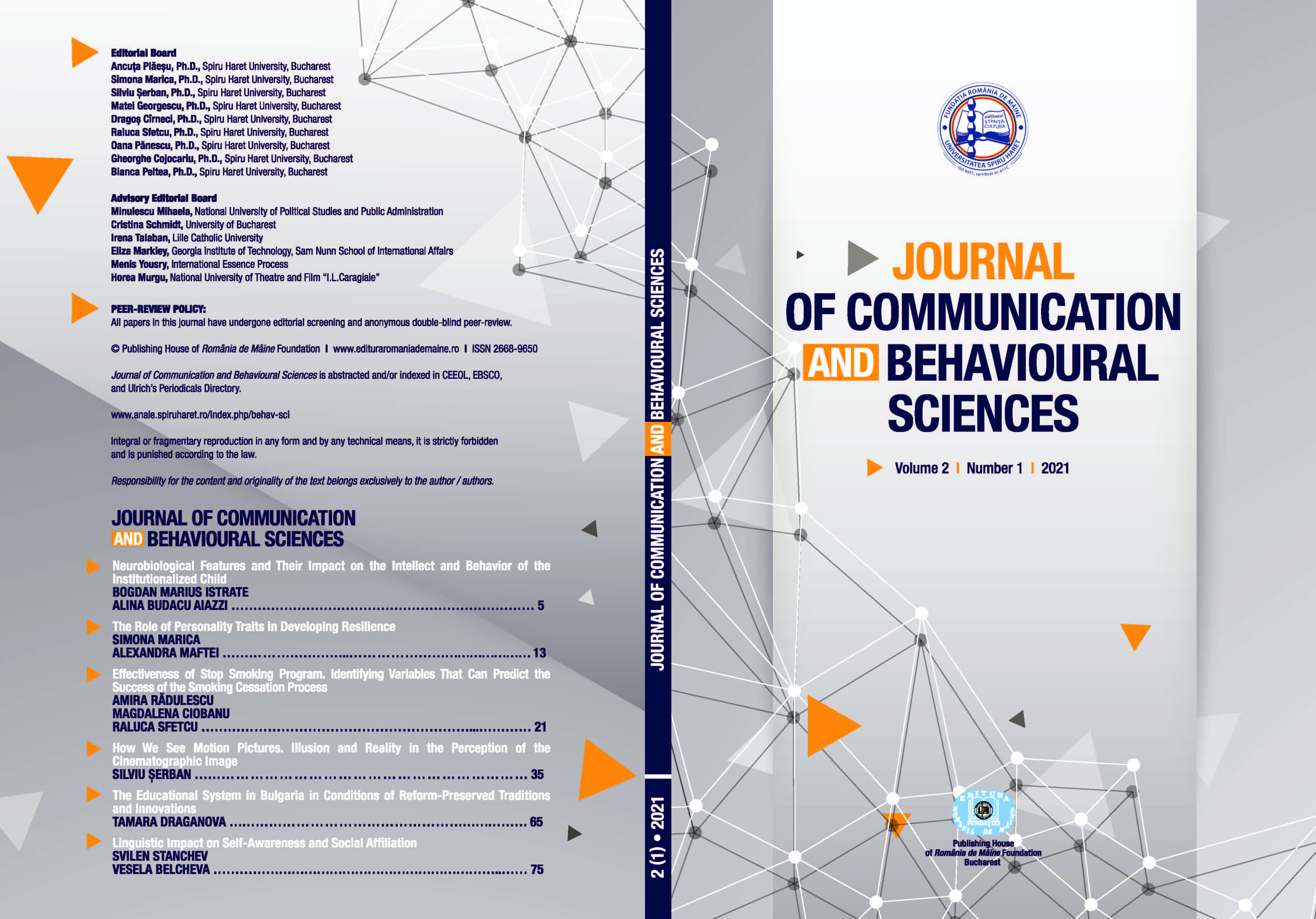HOW WE SEE MOTION PICTURES.
ILLUSION AND REALITY IN THE PERCEPTION
OF THE CINEMATOGRAPHIC IMAGE
HOW WE SEE MOTION PICTURES.
ILLUSION AND REALITY IN THE PERCEPTION
OF THE CINEMATOGRAPHIC IMAGE
Author(s): Silviu ŞerbanSubject(s): Experimental Pschology, Film / Cinema / Cinematography
Published by: Editura Fundaţiei România de Mâine
Keywords: phi phenomenon; long-range apparent motion; short-range apparent motion; long take; analytical montage;
Summary/Abstract: The study of motion perception is initially related to the prehistory of cinema. The Plateau’s apparatus, the phenakistoscope, shows up the classical theory, “the persistence of images on the retina”, that explains the movement perception through a phenomenon of the inertia of the retina. At the beginning of the 20th century, Max Wertheimer and Gestalt psychology initiate the paradigm shift in understanding the same process, but later, like Plateau’s explanation, Gestalt hypotheses are experimentally rejected. Nevertheless, subsequent discoveries reveal the existence of several types of motion perception. Moreover, what turns out to be even more interesting is that these new experimental results of psychologists complement the discourse of classical film theorists. Thus, both the logic of the evolution in understanding the movement perception and their correspondences with certain aspects of the classical film theory are subjects of this article.
Journal: Journal of Communication and Behavioural Sciences
- Issue Year: 2/2021
- Issue No: 1
- Page Range: 35-64
- Page Count: 30
- Language: English
- Content File-PDF

